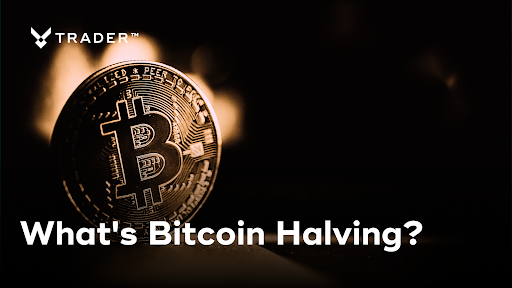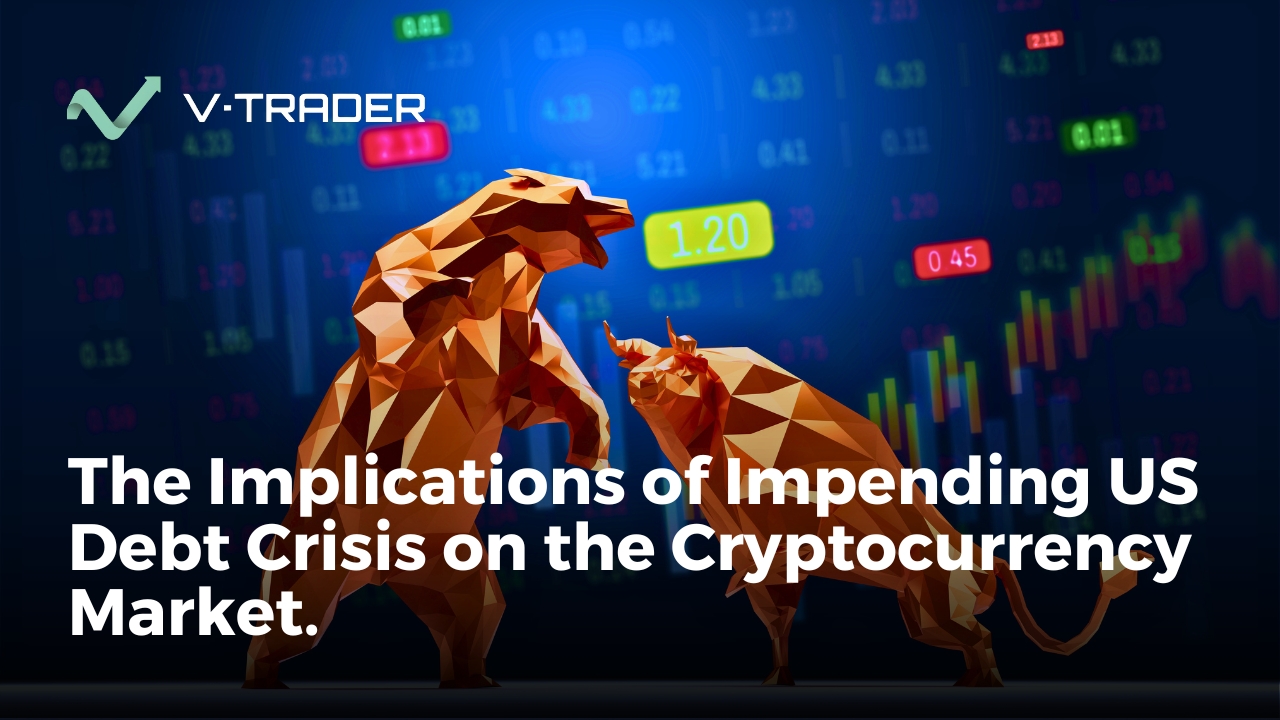Bitcoin Halving, Explained: What Just Happened—and Why It Matters
What’s a Halving, Anyway?
If you’ve been in crypto for a while, you already know the term “Bitcoin halving” gets thrown around a lot. And for good reason.
Roughly every four years, the Bitcoin network cuts the mining reward in half. No surprise there—the name says it all. On April 19, 2024, the reward dropped from 6.25 BTC to 3.125 BTC per block. Simple move, big consequences.
Halvings are hardcoded into Bitcoin’s DNA. They’re designed to keep new supply in check and protect the long-term value of the asset. So instead of printing more money like central banks do, Bitcoin slows down issuance over time—until there’s nothing left to mine but fees.
But the effects don’t stop at the protocol level. Price, miner behavior, market sentiment—halvings ripple through all of it.
Let’s break it down.
Why Halvings Exist (and Why You Should Care)
Bitcoin’s halving mechanism is what makes it deflationary. That’s not just crypto-speak—it’s a fundamental part of why people see Bitcoin as “digital gold.”
When rewards get cut, fewer coins enter circulation. That creates scarcity. And as history shows, scarcity tends to attract attention—especially in a market where demand doesn’t go away.
Here’s where it gets interesting: This isn’t just a supply thing. It affects how miners operate, how investors think, and how the whole ecosystem evolves.
Let’s walk through a few key impacts:
- Scarcity drives value: Less new BTC = more competition for what’s already out there.
- Miners feel the squeeze: Lower rewards mean thinner margins. Only the efficient survive.
- Sentiment shifts fast: Halvings fuel narratives. And narratives move markets.
A Quick Look Back: Previous Halvings
Bitcoin’s been through this before. Three times, actually:
- 2012: First halving. Block rewards went from 50 to 25 BTC.
- 2016: Dropped again—from 25 to 12.5 BTC.
- 2020: Rewards cut in half to 6.25 BTC.
- 2024: Most recent drop to 3.125 BTC.
Each time? Bitcoin eventually rallied. Not immediately, and not without volatility—but the trend’s hard to ignore.
That said, past performance isn’t a cheat code for what comes next. The crypto market is more complex now. Institutional players are here. Derivatives are everywhere. Regulation’s tightening. You’re not trading in 2016 anymore.
What the 2024 Halving Means for You
Now that we’re post-halving, here’s what’s on the radar:
1. Market Momentum
A halving doesn’t guarantee a bull run. But it usually tilts the odds in that direction. Fewer coins hitting the market? That’s a supply shock. And if demand holds—or climbs—it can push prices higher.
Just keep in mind, the market’s layered now. ETFs. Options. Hedge funds. Crypto doesn’t move on supply alone anymore.
2. Mining Shake-Ups
If you’re running a mining rig, the pressure’s on.
Lower rewards = thinner profits. Expect:
- Hardware upgrades
- Cheaper energy hunting
- Some smaller players bowing out
- Big players getting even bigger
That could lead to centralization concerns, especially if mining consolidates in specific regions or among a few mega-operators. Decentralization matters. So does sustainability.
3. Institutional Attention
Scarcity narratives are candy for big investors.
Halvings make Bitcoin look more like a maturing asset class. If institutions weren’t already watching, they are now. You’ve got infrastructure in place—custody solutions, compliance tools, and regulated trading venues. This might be the moment Bitcoin becomes a regular feature in portfolios.
But don’t count on institutions to be predictable. They play the long game, and they play it cautiously.
What Comes Next? Looking Beyond 2024
The next halving is expected around 2028. And eventually—by 2140—there won’t be any new BTC to mine. Zip. Nada. All 21 million will be out there.
So what happens then?
Miners will rely entirely on transaction fees. Which raises some big questions:
- Will fees be enough to keep the network secure?
- Will users tolerate higher fees for slower confirmation times?
- Will Bitcoin need to evolve its fee model or layer up?
No one has answers yet. But the conversation is heating up.
Big Picture: Sustainability + Centralization
Bitcoin mining isn’t what it used to be. Efficiency is everything now.
- Cheap, renewable energy is more than a nice-to-have. It’s survival.
- Operations that burn excess cash or energy won’t make it.
- If only the biggest, most resourced miners survive? That could chip away at decentralization.
Watch this space. The debate is far from over.
Your Takeaway
Bitcoin halving is more than just a calendar event—it’s a fundamental feature of how the network grows (and limits itself). The 2024 halving slashed rewards, triggered major shifts for miners, and sparked another round of price speculation. None of that’s new—but the context definitely is.
The market’s more mature. The players are smarter. And Bitcoin’s narrative continues to evolve.
So here’s the play:
Understand the cycle. Don’t get swept up in hype. Pay attention to fundamentals. And use halvings as checkpoints to reassess where you are in the bigger picture.
Because in the long run? The halvings don’t just reduce supply.
They remind you what Bitcoin was built for in the first place.

Steve Gregory is a lawyer in the United States who specializes in licensing for cryptocurrency companies and products. Steve began his career as an attorney in 2015 but made the switch to working in cryptocurrency full time shortly after joining the original team at Gemini Trust Company, an early cryptocurrency exchange based in New York City. Steve then joined CEX.io and was able to launch their regulated US-based cryptocurrency. Steve then went on to become the CEO at currency.com when he ran for four years and was able to lead currency.com to being fully acquired in 2025.


